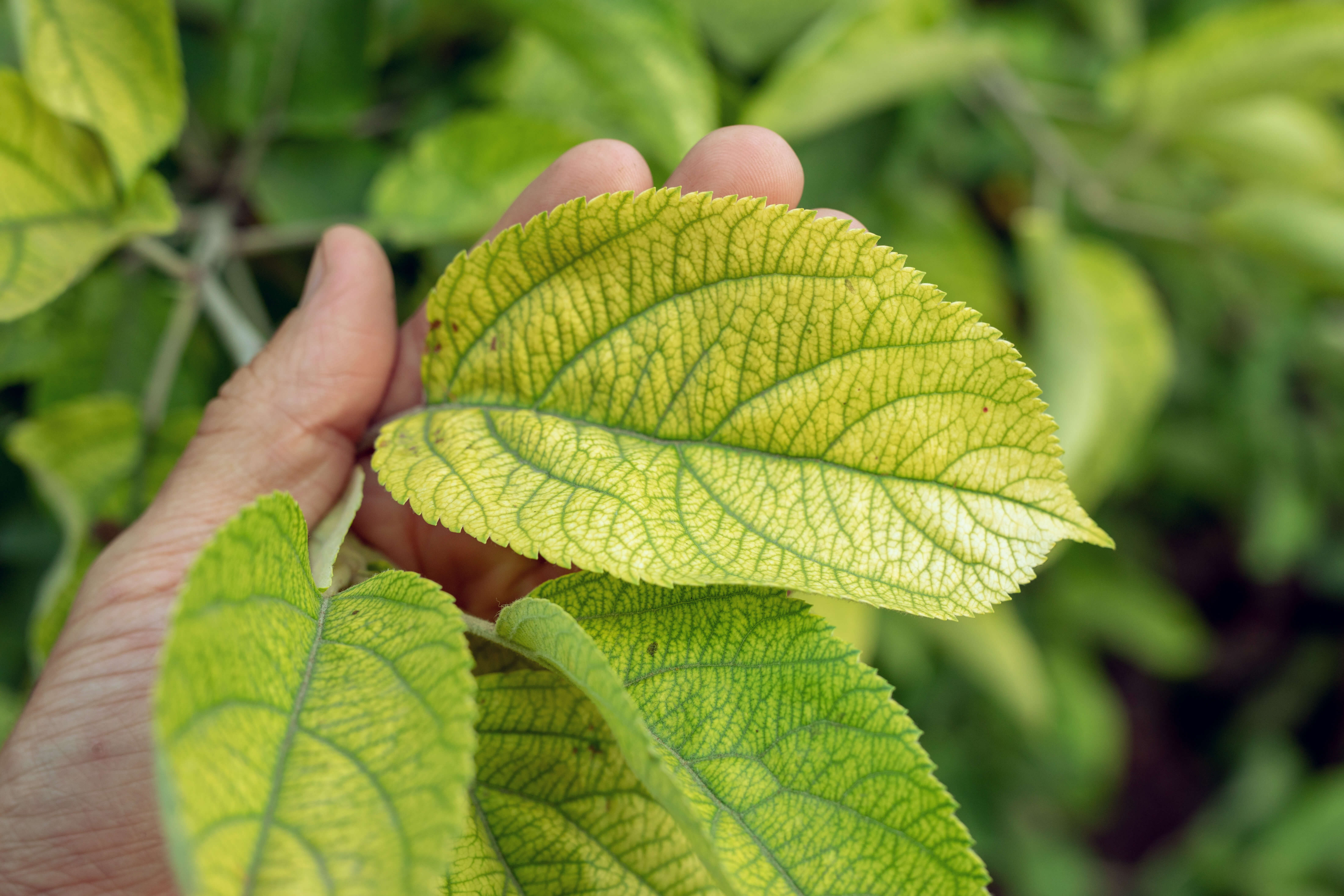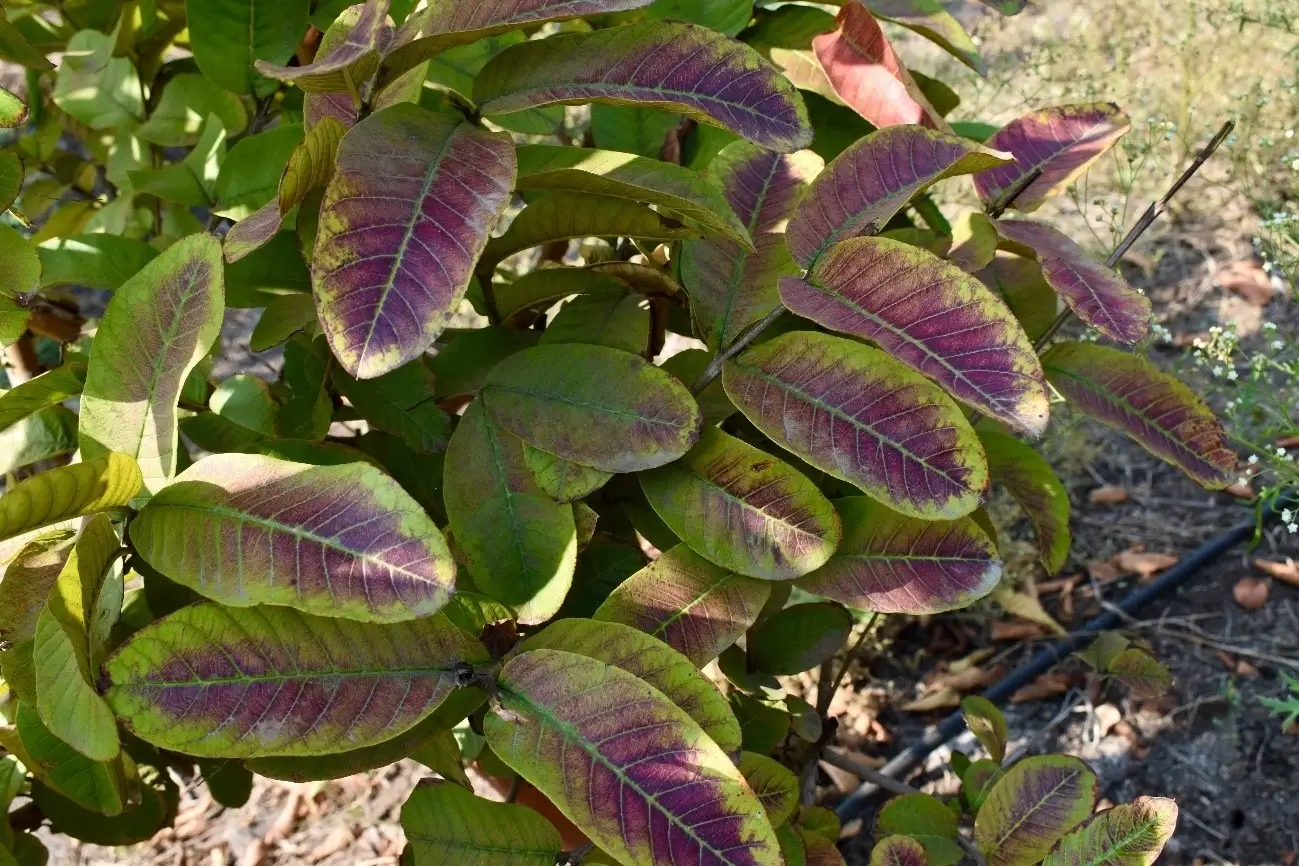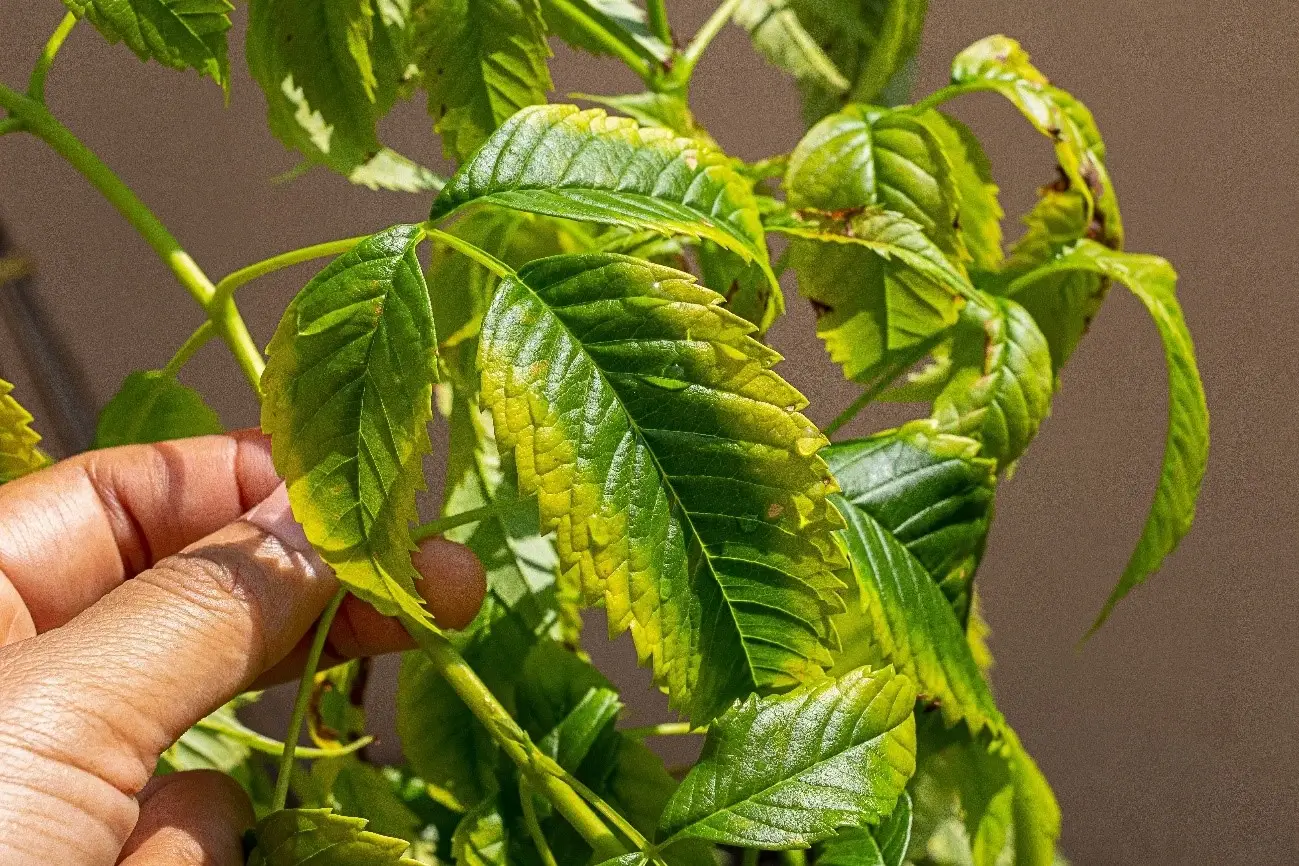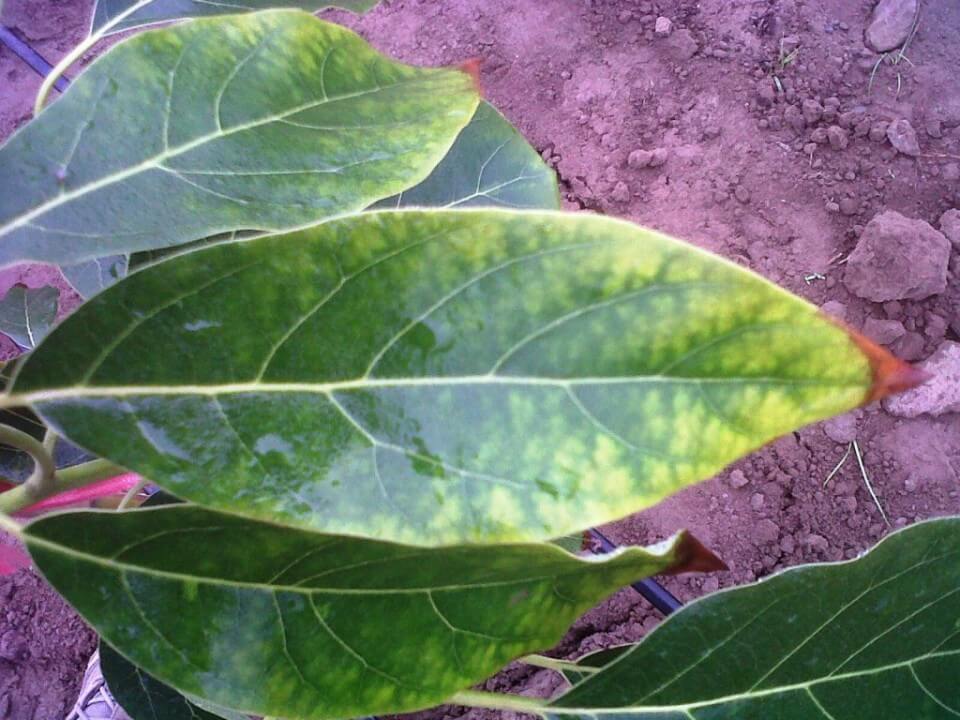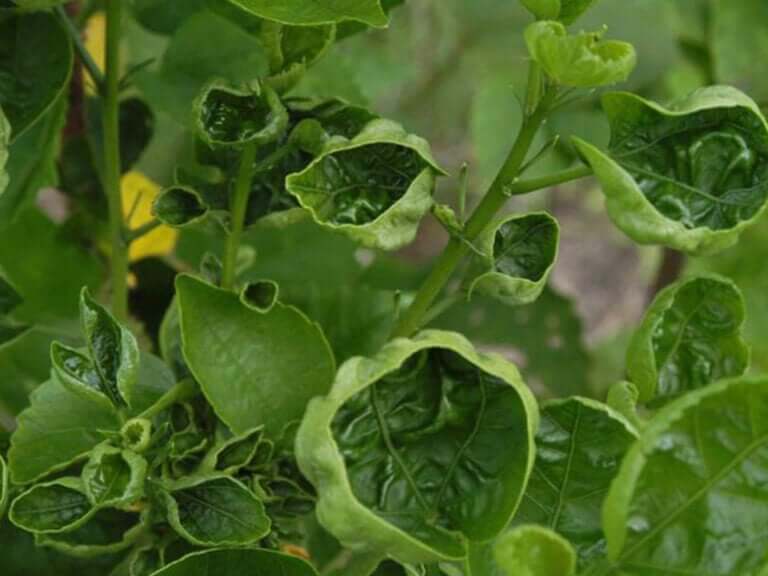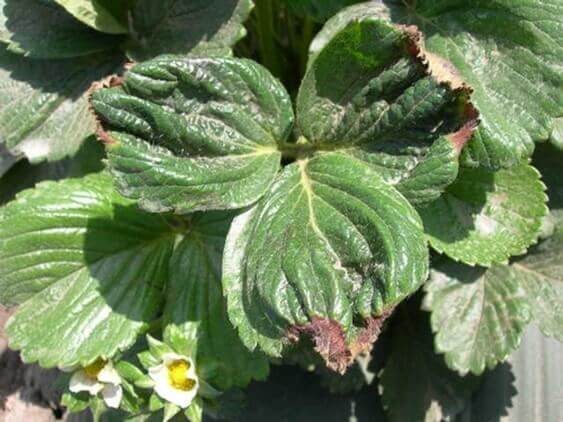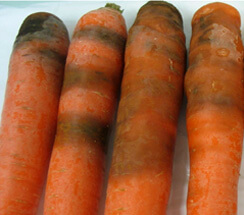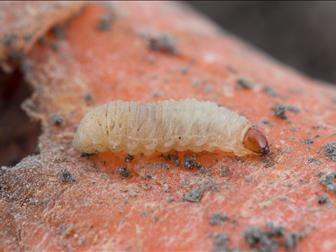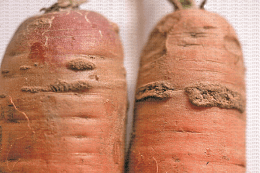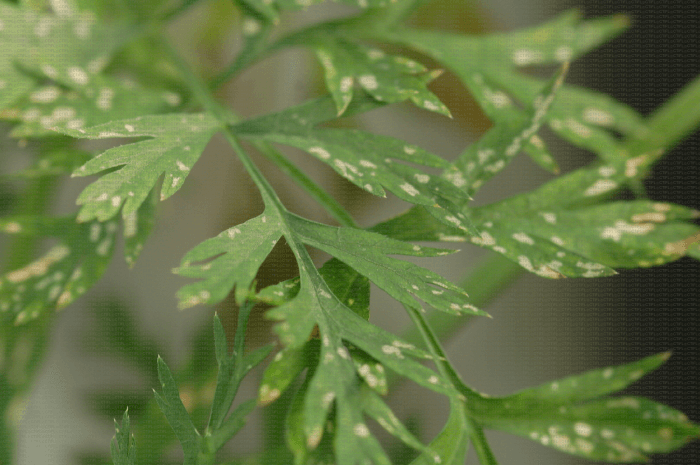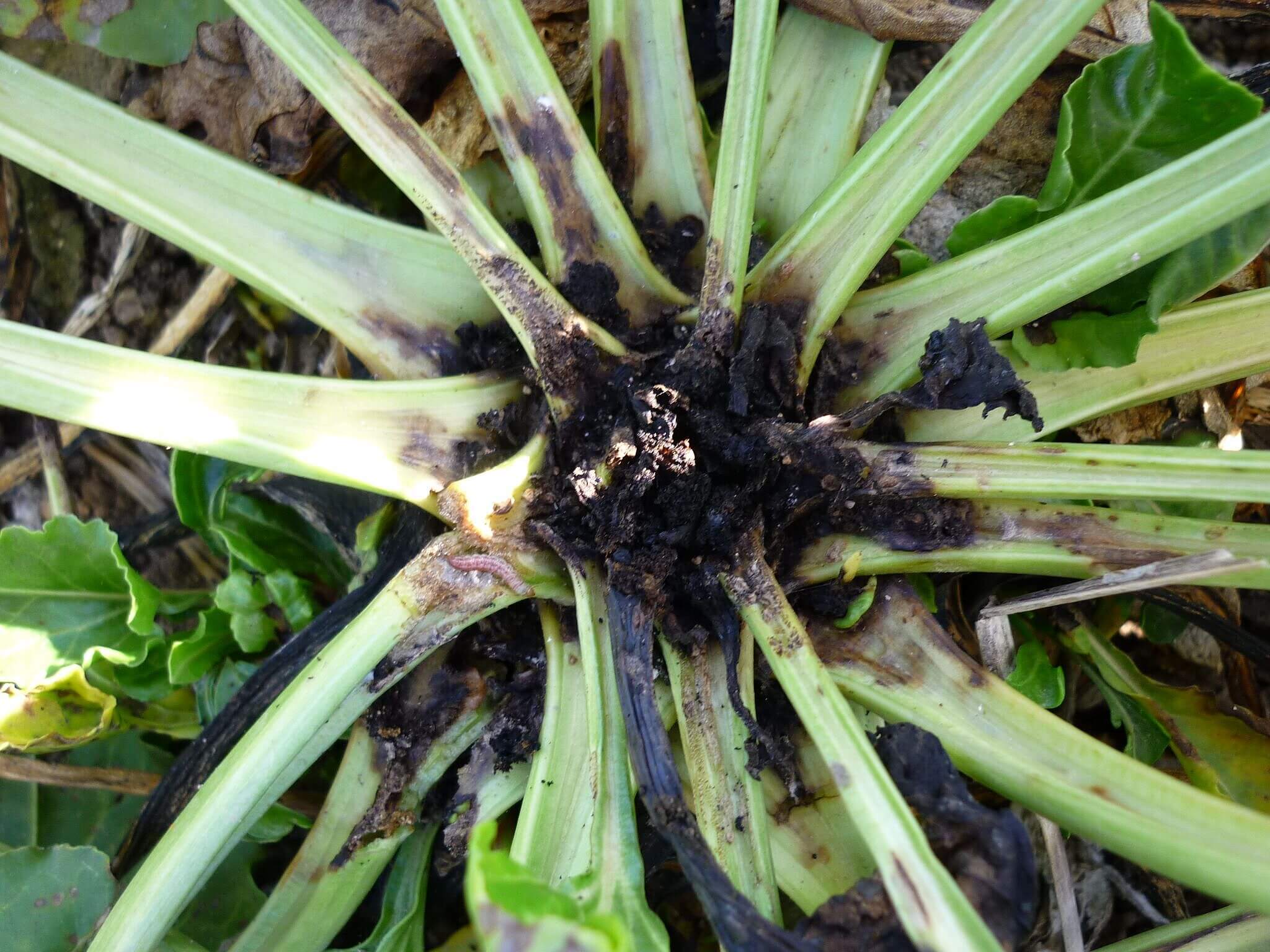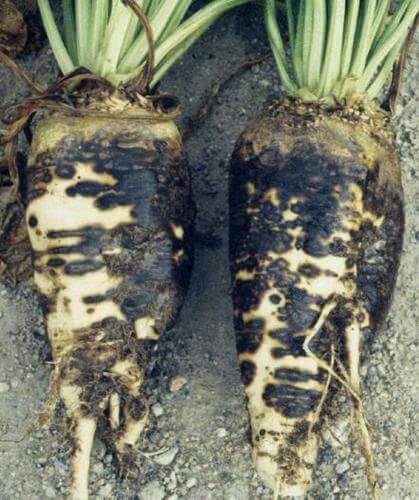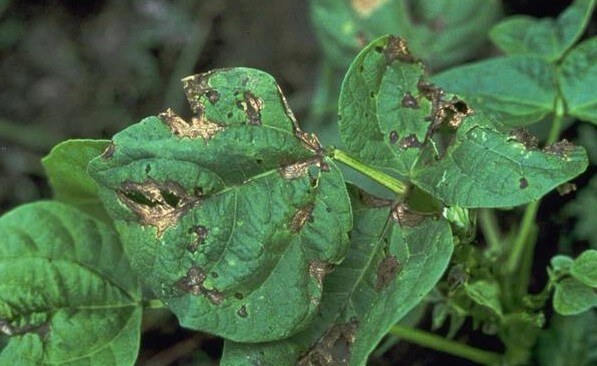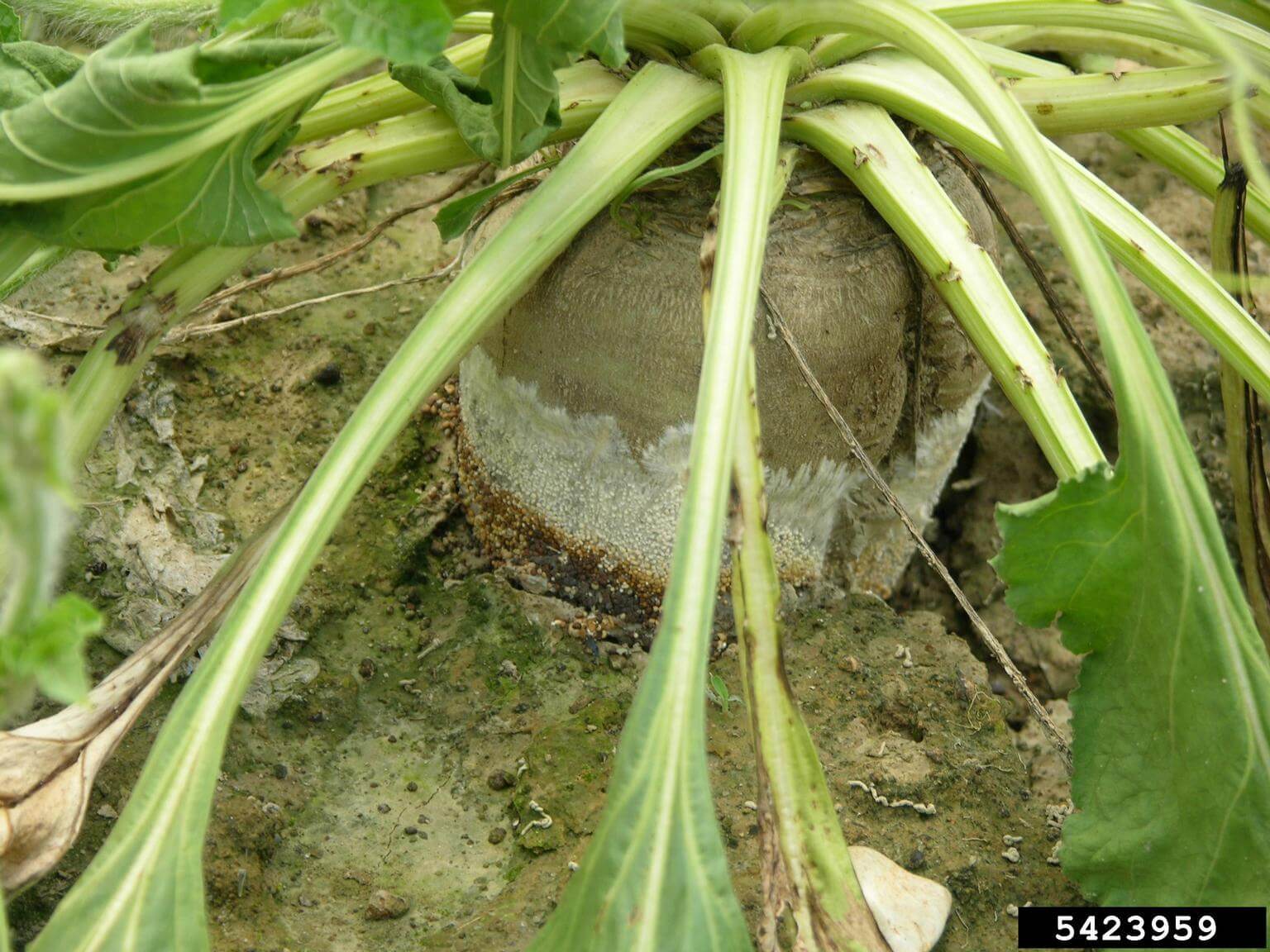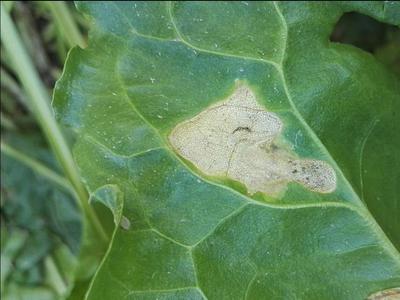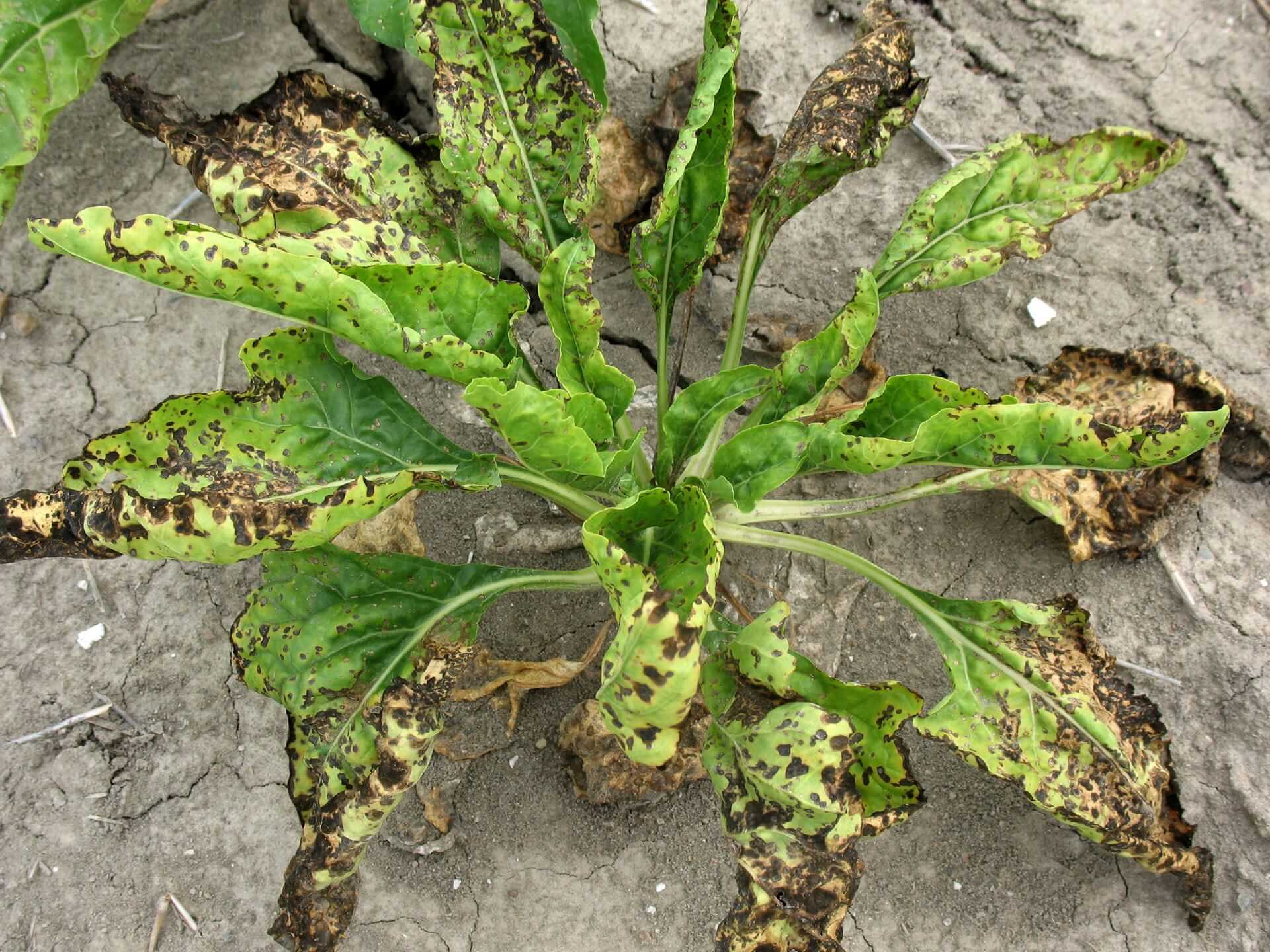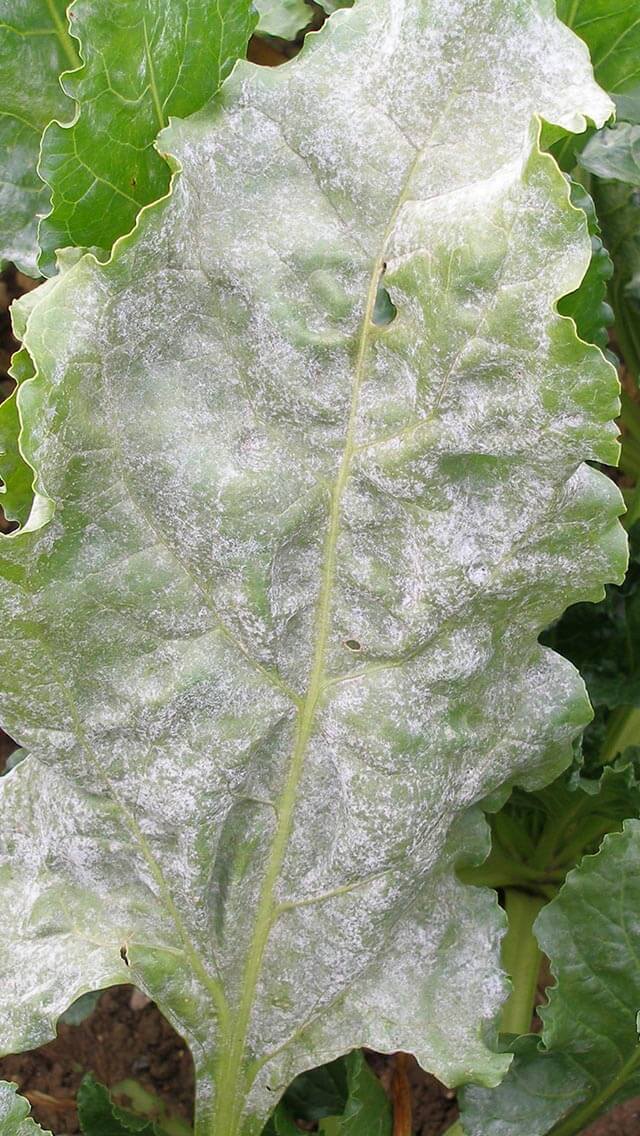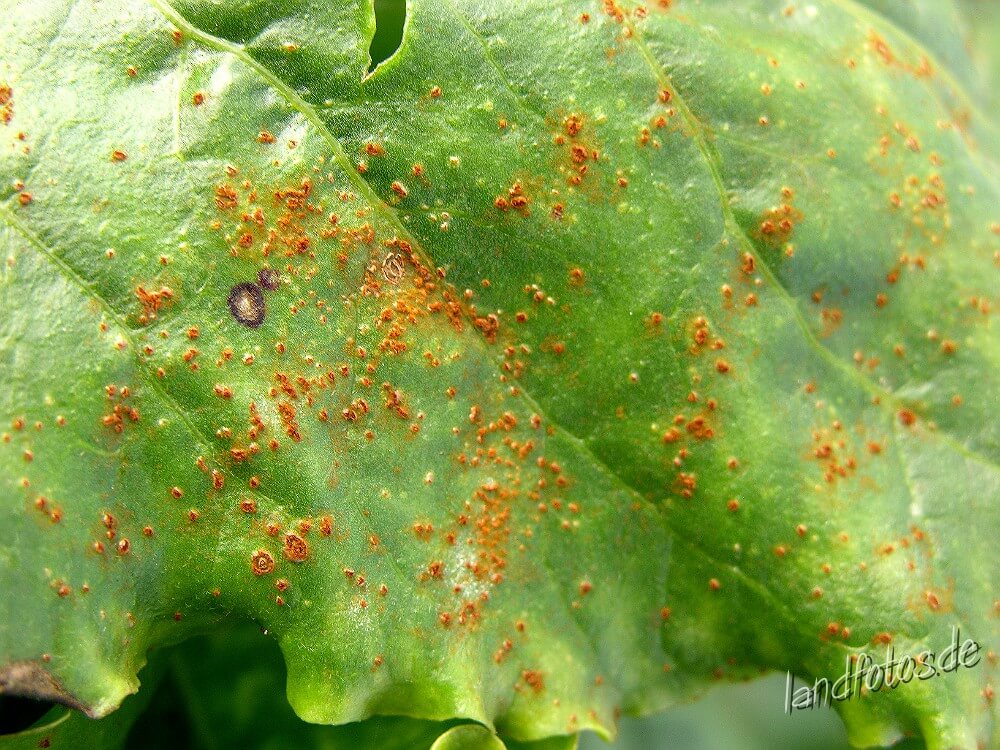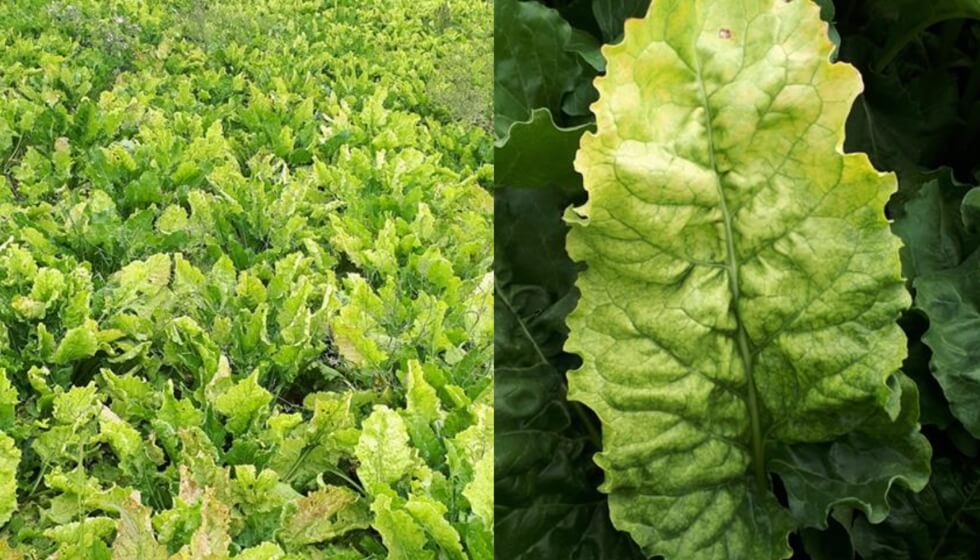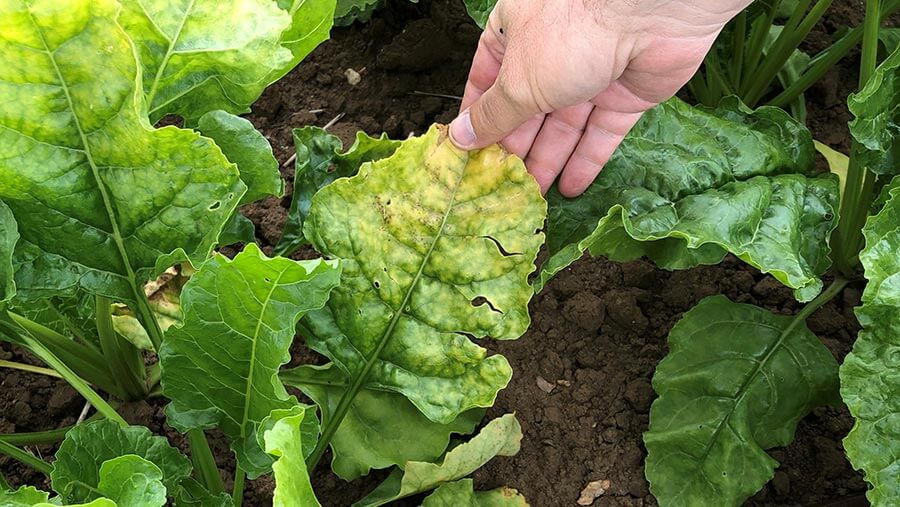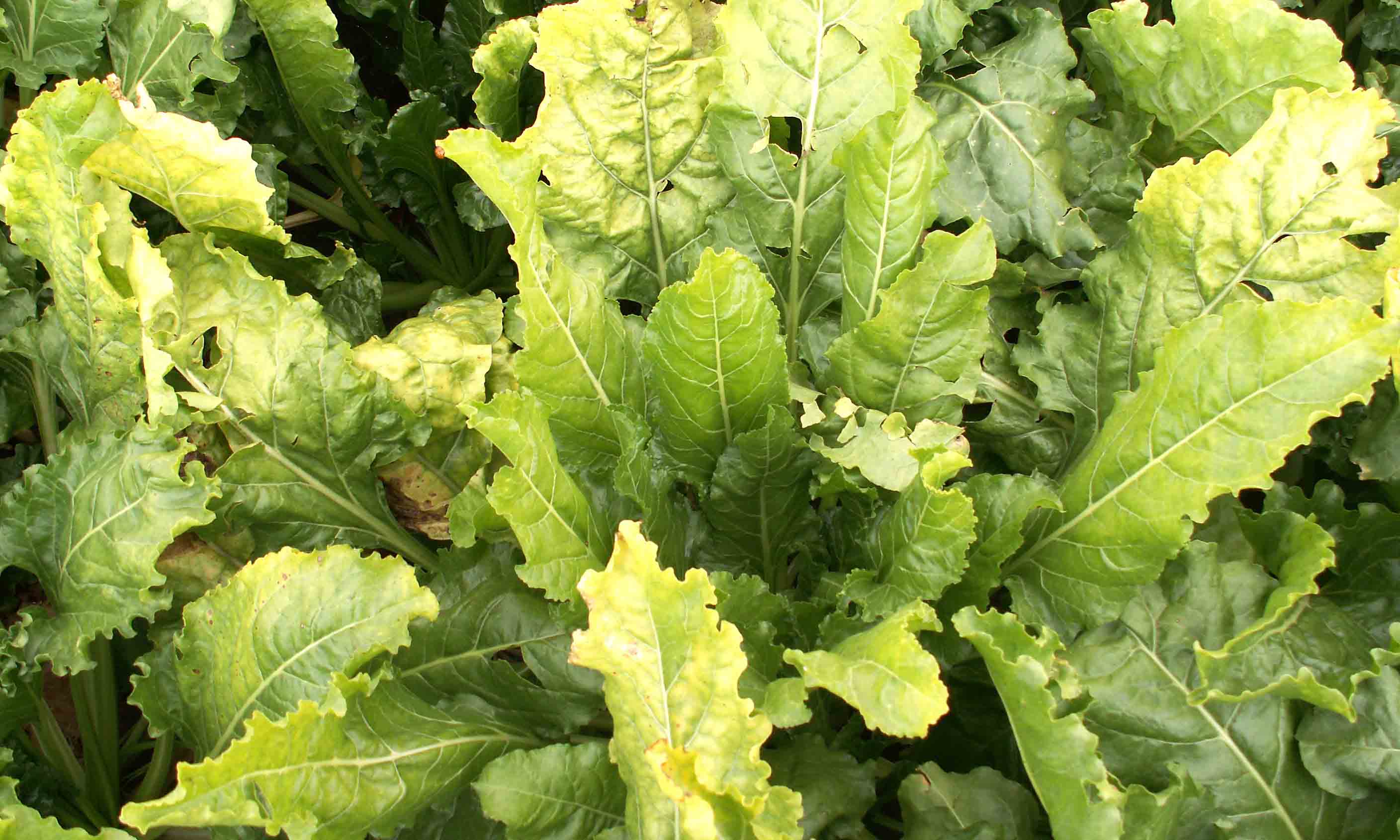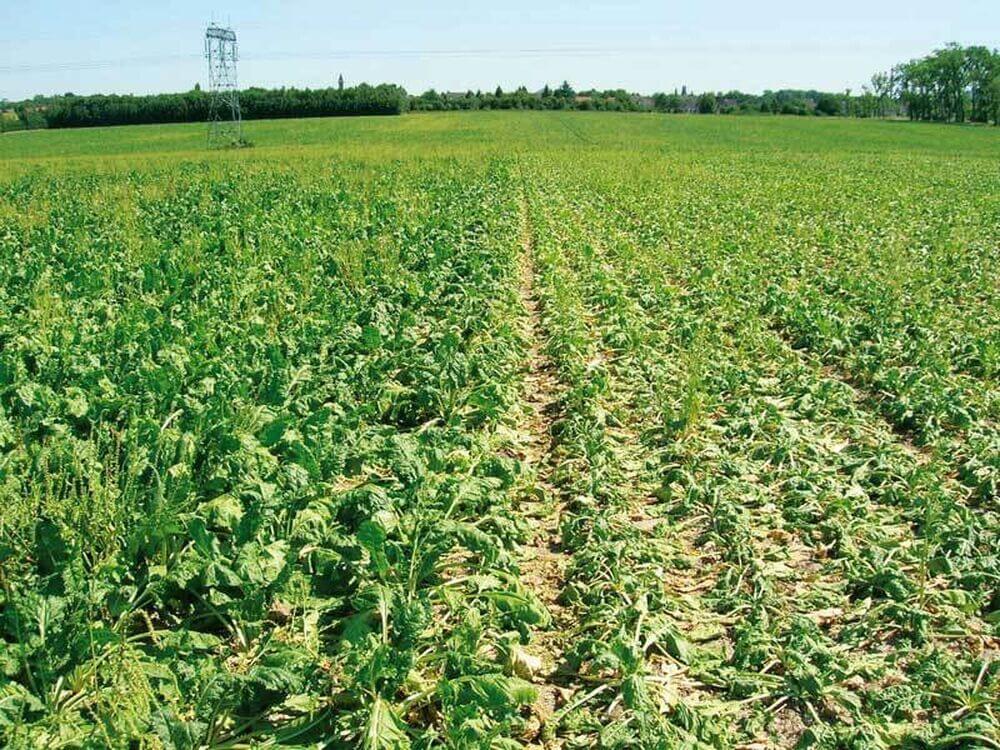
Platanera
How to recognize and combat crown rot in banana trees
Rot or crown rot
Fungi and bacteria
Type:
Risk to the plant:
HIGH
Various fungi or bacteria
Pathogen:

Micosis/Hongos
WHO CAUSES IT?
Rot or crown rot in banana trees is caused by various fungi and bacteria found in soil, water and plant debris. Common fungi include Fusarium sp., Colletotrichum sp. and Botryodiplodia sp., while the associated bacteria belong to the genera Erwinia sp. and Pectobacterium sp. These pathogens can remain in the environment for long periods in the form of spores, chlamydospores or in resistant structures within the soil and decomposing organic matter. Infection begins when fungal spores or bacteria come into contact with damaged plant tissues, mainly in conditions of high humidity and favorable temperatures. Once established, bacteria secrete enzymes that degrade tissues, while fungi actively penetrate through specialized structures such as appressoria and hyphae. The disease spreads rapidly in crops with poor drainage, waterlogging, and wounds caused by agricultural practices or pests.
SYMPTOMS
Crown rot mainly affects the base of the pseudostem and the corm of the banana tree, weakening the structure of the plant and hindering its growth. The infection begins with a discoloration and softening of the tissues, which progressively decompose into a blackish, smelly mass. The disease compromises the plant's ability to absorb water and nutrients, resulting in widespread deterioration.
- Necrosis and softening of the base of the pseudostem.
- Progressive darkening of the affected tissues.
- Exudation of liquids with an unpleasant odor in damaged areas.
- Presence of fungal structures on the surface of the diseased tissue.
- Wilting and yellowing of the lower leaves.
- Collapse of the pseudostem and weakening of the plant.
- Death of the banana tree in advanced stages.


DEVELOPMENT CONDITIONS
Temperature:
20°C - 32°C
Humidity:
85% - 100%
HOW IS IT SPREAD?
Contaminated soil, irrigation water, infected plant remains, agricultural tools, contact between plants, vector insects
HOW TO ELIMINATE IT?
Home treatments
There are no home treatments
Natural allies
Chemical treatments
There are no treatments for this disease. Treatments are directed at the insect vectors that transmit it. See insect treatments.
RECOMMENDED PRODUCTS TO ELIMINATE THE PEST
Sponsored link
Sponsored link
Sponsored link
Sponsored link
Sponsored link
Sponsored link
Sponsored link
Effective against all types of fungi
Sponsored link
Sponsored link
Sponsored link
Sponsored link
Sponsored link
REPELLENT PLANTS
-
RECOMMENDATIONS





















